Interview
Interview: Vanessa Lam
In conversation with Canada-based artist Vanessa Lam.
Can you talk about your journey into or interest the arts?
Drawing was something I remember doing a lot of when I was young. Although I took art classes up until early university, I was painfully shy and didn’t have much confidence in my abilities when I was growing up. I didn’t think art was something that I could actually do. My parents instilled in me the importance of being practical. After immigrating to Canada from China, they worked extremely hard to give me opportunities that they didn’t have. A small part of me still wanted to pursue some sort of creative career but in the end I chose to work in healthcare.
For about ten years art took a back seat as I worked as a healthcare professional. During this time I was trying to figure myself out and rock climbing became a large part of that. I was never athletically inclined but it was through climbing that I learned about discipline. Not only did it bring me out of my shell but I finally felt a sense of mastery over something.
I later realised that all the risks I was taking to push my climbing, I wasn’t applying to art. I wanted to explore art again and finally took an evening course at Emily Carr University of Art and Design. I deliberately chose a mixed media course and it was a turning point for me. The exposure to mixed media together with abstract painting opened up a floodgate of ideas for me.
For three years I used that momentum to keep exploring. I pushed myself to exhibit work no matter what but eventually I burned myself out. I took a break for two years and during that time moved into my first studio space outside my home. I was able to experiment more and work on a larger scale.
Towards the end of the two years, I attended my first artist residency in Berlin and was fortunate enough to win an art competition to collaborate with Artsy for a solo show in New York. Those experiences helped me grow tremendously as an artist but I feel I still have a lot to learn as I continue my journey.
Do you use a sketchbook? I’m interested in what a sketchbook means to you and your work?
I tried to use a sketchbook at different times in the past but I could never find a way to make it a part of my art practice. I seemed to buy large, bulky, hardcover sketchbooks and for some reason it felt daunting to fill them up. It wasn’t until about three years ago during my residency in Berlin that I started using sketchbooks more regularly. I wanted to experiment but didn’t want to transport too many supplies there and back.
When I switched to using multiple paperback sketchbooks in smaller sizes that it became a much more satisfying process for me. The smaller format made it feel less precious to me. Having several sketchbooks lets me work on multiple sketches at a time. A sketchbook is a place for me to pull the ideas floating in my head and put them onto paper. I will try out new materials in my sketchbook as well as different ways of mark making.
I see the sketches as warm-up exercises before I launch into a large painting. I will also do these on larger sheets of paper which I cut-up and reuse for collage work. Often the sketches don’t work out initially. When I later look back through the pages I sometimes change my mind about something to either add to it or base a new sketch off an old one.
It is not meant to be perfect or for others to see. It is a true work book where I make notes, paint, write, draw, collage and cut up the pages. Sometimes I will tear out the page to use as reference on my studio wall. Even though the pages are not in a book, having the sketches displayed on my wall helps me see the progression of working ideas out.
Your work focuses on painting stories from everyday objects and observations. Can you talk about this and how it came about as a body of work?
This idea stems from my early, more photo based work. I was inspired by this quote from philosopher Ludwig Wiggenstein:
“The aspects of things that are most important for us are hidden because of their simplicity and familiarity. One is unable to notice something because it is always before one’s eyes.”
It’s about finding the intrigue in things that we usually take for granted. In the beginning, I used photography as a way to celebrate the textures and patterns in ordinary objects which were often overlooked because they were so mundane. As my work progressed, I continued taking in those observations around me and in the studio.
I consider how my surroundings make me feel – the textures, shapes and colours from under my feet to above my head. I think back to the places I have been – what I’ve seen and how it made feel being there. Often it is about the experience of being in the outdoors – noticing the sense of freedom, the calmness, expanse of the sky and the warmth of the sun. I pull from all those feelings and experiences and translate them into colour and form.
Can you talk about your process of working? How do you work, how often, is there a particular pattern?
My work is very much an experimental process. It’s important to me that I use a mix of materials ranging from acrylic paint, spray paint, ink, pastel, charcoal and/or graphite. I try to paint from whatever comes to me automatically and in the moment. I use loose gestural marks and practice a variety of these marks in sketches. As I don’t usually plan ahead, these sketches help me develop a vocabulary of marks and a sense of movement to incorporate into my paintings. When I start a new body of work, I often work on several pieces at a time so that I can keep moving through as many pieces as I can in one session.
I do this to minimise the chance of getting stuck on a piece but it does happen and is a normal part of the process. By having time away from it and working on another piece, I can see it with fresh eyes and be able to find ways to resolve it. The key is to be able to maintain that ability to look at the work objectively. I notice that I need to take a lot of breaks by doing completely different things away from art. For me being very physical through doing things like climbing or mountain biking, helps me feel focused when I come back to the studio. I currently still work at my day job part-time so I try to fit in the studio in the evenings and weekends.
Do you find the process of creating work relaxing or therapeutic? I’ve become increasingly interested in the relationship of the sketchbook and the work to the artist.
Usually, when I get really immersed in a particular project and have that feeling of “flow” then I do find creating work to be relaxing. It is especially therapeutic after a long day working at my day job. However, given the impact of COVID-19 I find that this has shifted somewhat for me. Art used to be an outlet to help me cope with my day job. Since my job is in healthcare and even though I’m not doing direct patient care, it still revolves around COVID-19.
It’s hard to escape from it. I felt so exhausted particularly in the beginning. It was the first time that I was not motivated to do any art. Not only that, I needed to find many other kinds of activities to help me relax. Things that required minimal decisions and had some repetitive motion became a form of meditation for me.
One of which was exploring colour through Lisa Solomon’s colour meditations in my watercolour sketchbook. The other was returning to drawing repetitive shapes and linework using new materials like oil pastel and pencil crayon. Working with collage now gives me the structure that I need in my day to day life. I’m still able to create but it’s just a little harder now to focus. I was always interested in experimenting but these current times have, in a way, led me to find more tools to use in my practice.

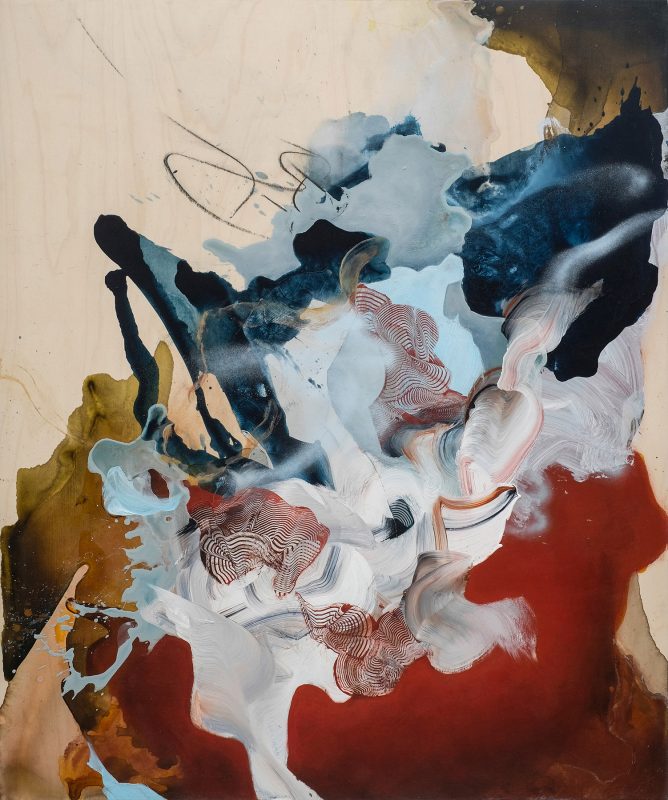
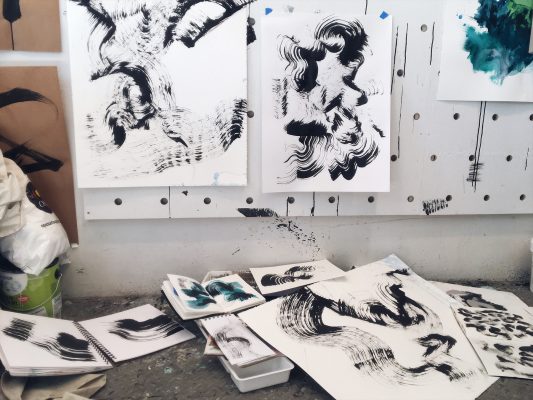
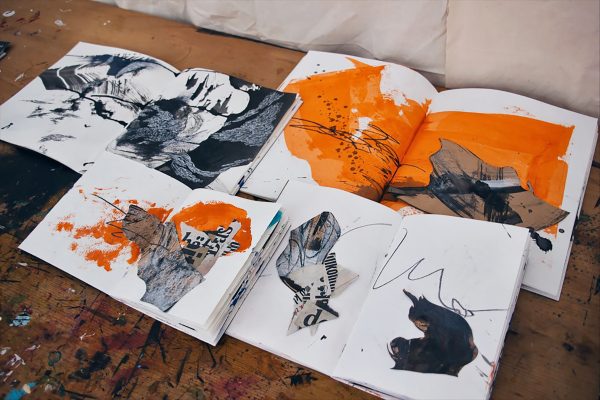
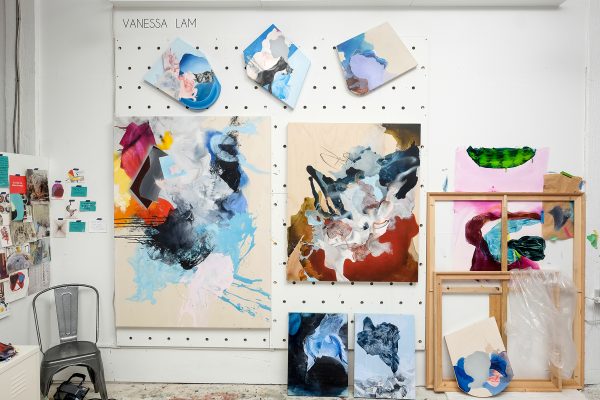
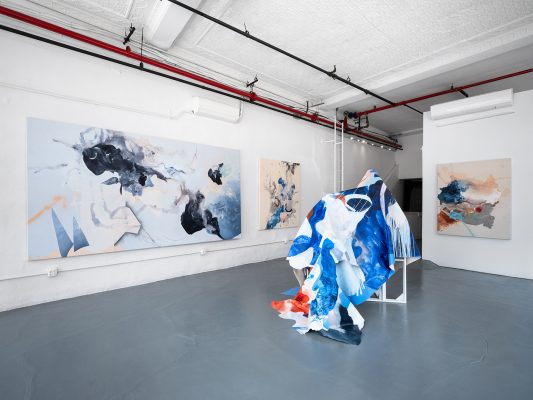
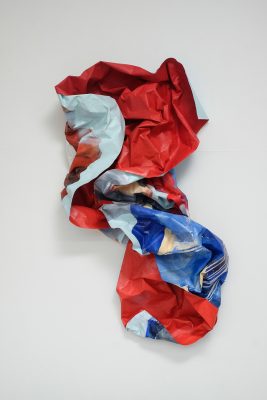
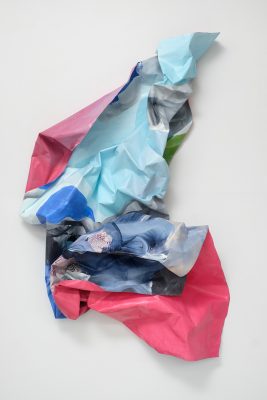
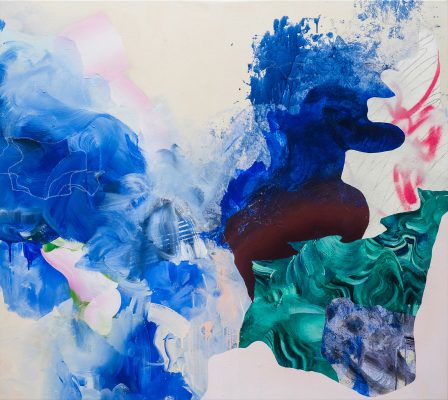
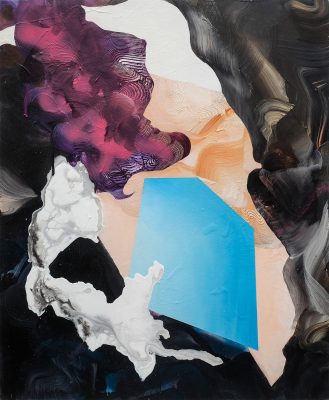
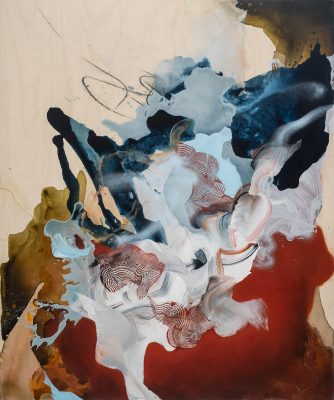
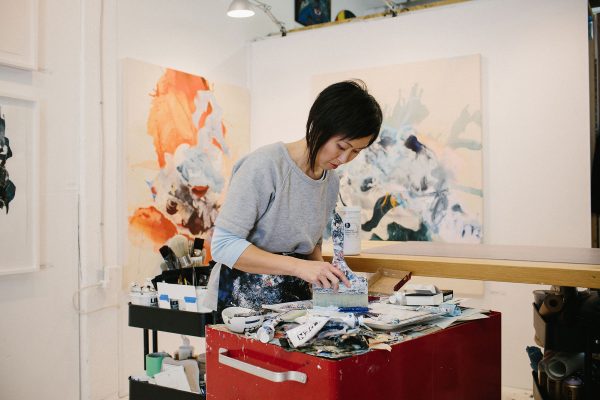
Do you like this artist?
If so, why not write a comment or share it to your social media. Thanks in advance if you can help in this way.